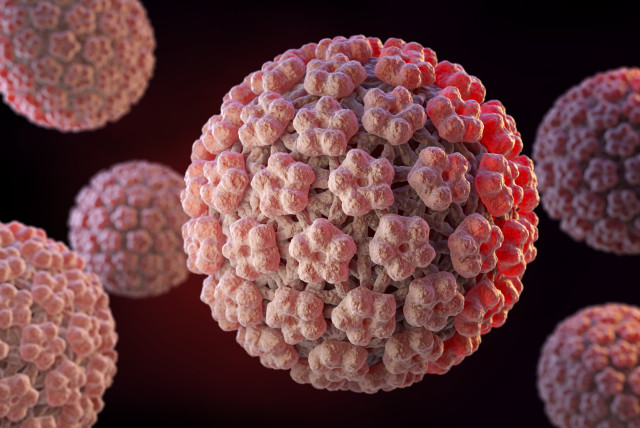Human Papillomavirus (HPV)
Human Papillomavirus (HPV) is a common sexually transmitted infection (STI) that can cause various health problems. Here’s an overview:
What is HPV?
HPV is a virus that infects the skin and mucous membranes, causing warts, cervical cancer, and other cancers.
Types of HPV
There are over 100 types of HPV, classified into two main categories:
1. Low-Risk HPV (e.g., types 6 and 11): Causes genital warts and low-grade cervical cell changes.
2. High-Risk HPV (e.g., types 16 and 18): Causes cervical cancer, anal cancer, and other cancers.
Transmission and Risk Factors
1. Skin-to-Skin Contact: HPV is transmitted through direct skin-to-skin contact with an infected person.
2. Sexual Activity: Engaging in vaginal, anal, or oral sex with an infected partner.
3. Multiple Partners: Having multiple sex partners increases the risk of HPV transmission.
4. Weakened Immune System: People with weakened immune systems (e.g., HIV/AIDS) are more susceptible to HPV.
Symptoms and Health Problems
1. Genital Warts: Visible warts on the genitals, anus, or mouth.
2. Cervical Cancer: Abnormal cell changes in the cervix that can develop into cancer.
3. Anal Cancer: Abnormal cell changes in the anus that can develop into cancer.
4. Other Cancers: HPV is linked to cancers of the vulva, vagina, penis, and oropharynx.
Prevention and Treatment
1. HPV Vaccine: The HPV vaccine (e.g., Gardasil) protects against high-risk HPV types and is recommended for adolescents and young adults.
2. Safe Sex Practices: Using condoms and dental dams can reduce the risk of HPV transmission.
3. Regular Screening: Cervical cancer screening (e.g., Pap test) can detect abnormal cell changes.
4. Treatment for Genital Warts: Topical treatments, cryotherapy, or surgical removal.
5. Treatment for Cervical Cancer: Surgery, radiation therapy, or chemotherapy.

